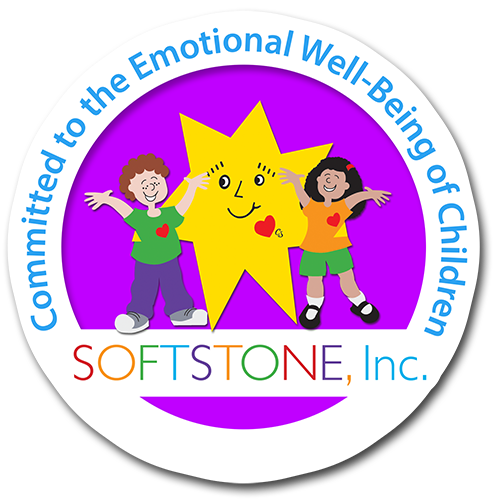Teaching young children the power of choice is so important! No, the devil did not make me do it! We did it all on our own. This concept came to me very late in life and it took me a while to wrap my brain around it and acknowledge its powerful truth. The habit of blaming others puts us into the position of either being a bully or the victim. Either one does not promote feelings of self-worth or the ability to manage our emotional well-being. Our becoming independent thinkers using creative thinking to meet our goals and our challenges is hampered and stilted. Problem solving is an essential skill that comes about when we own our thoughts and our actions. How do we begin to teach young children the power of choice, accountability and positive thoughts and actions?
Teaching Children the Power of Choice at a Young Age
Teaching young children the power of choice begins even as early as 2 years of age. We begin by giving them simple choices to make. Do you want peanut butter and jelly or grilled cheese for lunch? What book would you like me to read? Would you like to wear a blue shirt or a red shirt today? Then you begin to attach feelings to their choices especially when accountability comes into play. He/She took her friend’s toy away. How did you feel when your friend looked angry? You may supply the words. Your child then chooses to say the 3 hardest words in the English language, “I am sorry.” If they don’t want to say it, then they have another choice and you decide that one.
Every time a young child is given the opportunity to make a choice that little human is empowered to become their own independent thinker. Give your children the language of decision-making as soon as they are developmentally able. Children with disabilities are no different. Treat them as normal as possible. Do not enable them in any way. This is how my son with disabilities reached his greatest potential.
How We Are Feeling Is a Choice Too!
Feelings are an important part of choice. Feelings push us to take action. Therefore, when teaching your children about choosing their feelings, Infiltrate your conversations with as many feeling words as possible. Encourage them to express them. For how we are feeling is a choice too! Feelings come and go and they are all appropriate at the right times. However, to move on and behave in reasonable manner, our feelings need to be managed and calmed if necessary. Teach your children not to take any actions whatsoever until they can respond appropriately. Here is where affirmations and arm testing come into play. What a great skill to learn at a young age! What a great skill to learn at any age!
Feeling Chart for Young Children | EQ for Children Website | Visit My YouTube Channel


